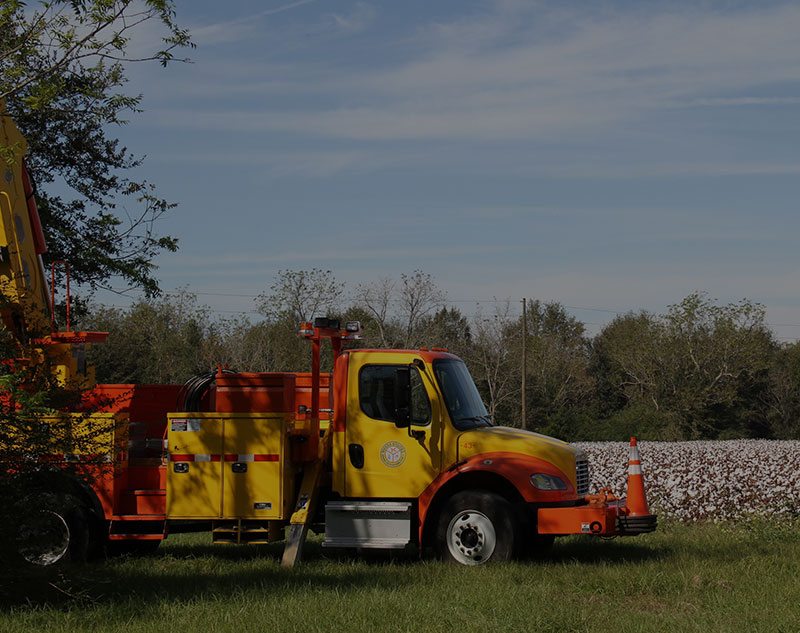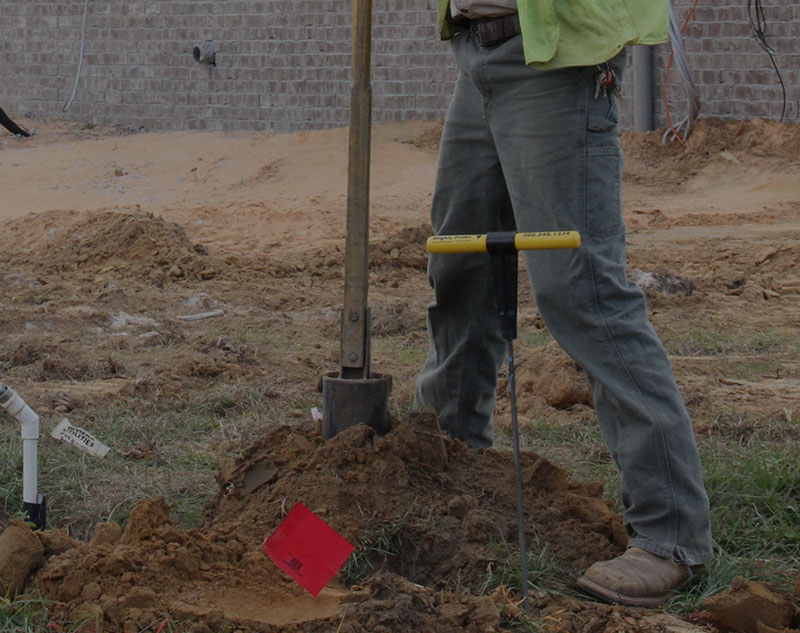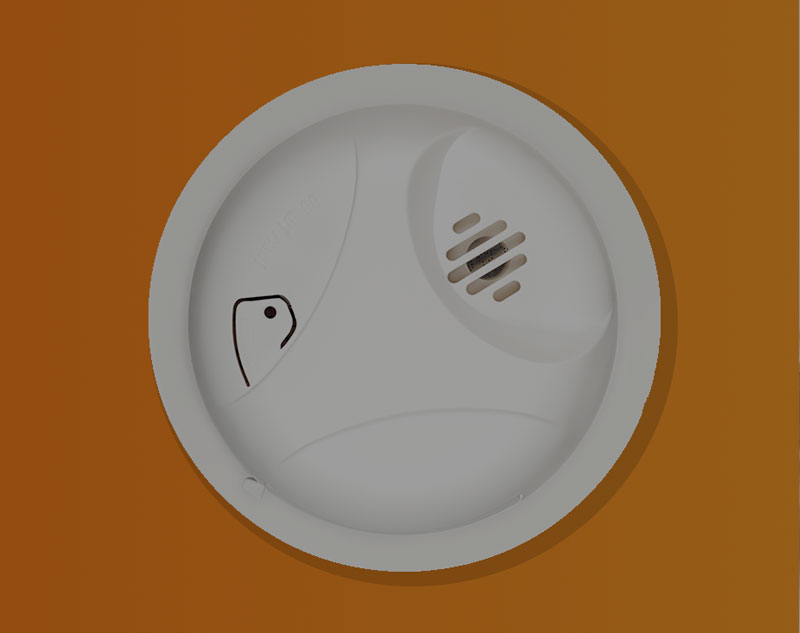Carbon Monoxide Safety
Carbon monoxide (CO) has been estimated to claim the lives of 10,000 Americans each year. Many of these fatalities can easily be prevented through the use of relatively inexpensive and easy-to-install carbon monoxide detectors. These devices look and function much like smoke detectors, but contain special sensors that detect excessive levels of carbon monoxide, rather than smoke. The Occupational Safety and Health Administration (OSHA) has established guidelines which indicate that continuous exposure to carbon monoxide levels of 50 parts per million should not be exceeded in an eight-hour period.
Carbon monoxide is a colorless, odorless and tasteless gas that can be highly toxic. Individuals exposed to excessive levels of carbon monoxide can literally be poisoned without even being aware of the danger. Carbon monoxide is the number one cause of fatal poisonings each year in the United States. Faulty gas appliances, poorly ventilated kitchen/utility areas, and living spaces next to or over garages are all potential contributing factors to carbon monoxide exposure.
Carbon monoxide is produced when fossil fuels containing carbon (coal, wood, oil or gas) are burned without sufficient oxygen to allow for complete combustion. As carbon monoxide enters the body through the lungs, it inhibits the ability of the blood stream to carry oxygen throughout the body.
Exposure to low concentrations of CO can cause headaches, fatigue, shortness of breath, and chest pains in persons with heart disease. Higher concentrations can result in severe headaches, dizziness, disorientation, and various flu-like symptoms which mysteriously disappear when away from the home or source of exposure. Extreme levels of exposure can result in coma, convulsions, cardio-respiratory failure, and death.
Some common sources of potential CO exposure include unvented kerosene and gas space heaters, leaking chimneys and down-drafts from wood stoves and fireplaces, faulty furnaces, poorly ventilated gas appliances (ranges, clothes dryers, water heaters, etc.), car exhaust from attached garages, and tobacco smoke.
The following precautions can help minimize the risk of CO exposure:
- Have furnaces inspected, cleaned and tuned up annually (be sure to check flues and chimney areas for potential leaks).
- Be sure fireplace dampers are open before lighting a fire, and leave the damper open until the ashes cool (smoldering ashes can actually produce more CO than a fully-burning fire).
- Choose properly designed and sized wood stoves that are certified as meeting EPA's emissions standards.
- Make sure all gas appliances are properly vented.
- Make sure gas flames and pilot lights are blue. Yellow flames indicate that the gas is not burning properly and the equipment may need to be adjusted (by a qualified professional).
- Do not start or idle automobiles with the garage door closed.
- Ventilate areas where people smoke to avoid CO buildup and minimize the risk of exposure to children.
- Install CO detectors in key areas throughout the home - rooms near a garage, rooms with space heaters, and hallways, living and sleeping areas (CO detectors should not be installed in garages, kitchens or furnace areas, as the initial combustion of starting a car, or turning on a stove or furnace, may trigger the alarm needlessly).
The Federal Consumer Product Safety Commission recommends that every home be equipped with at least one UL listed CO detector near the bedroom areas. Most illnesses and deaths attributed to carbon monoxide can be prevented. Following these simple guidelines can help keep you and your family from becoming unnecessary victims.
More information on CO detectors can be obtained from your local fire department or local or federal government agencies.







